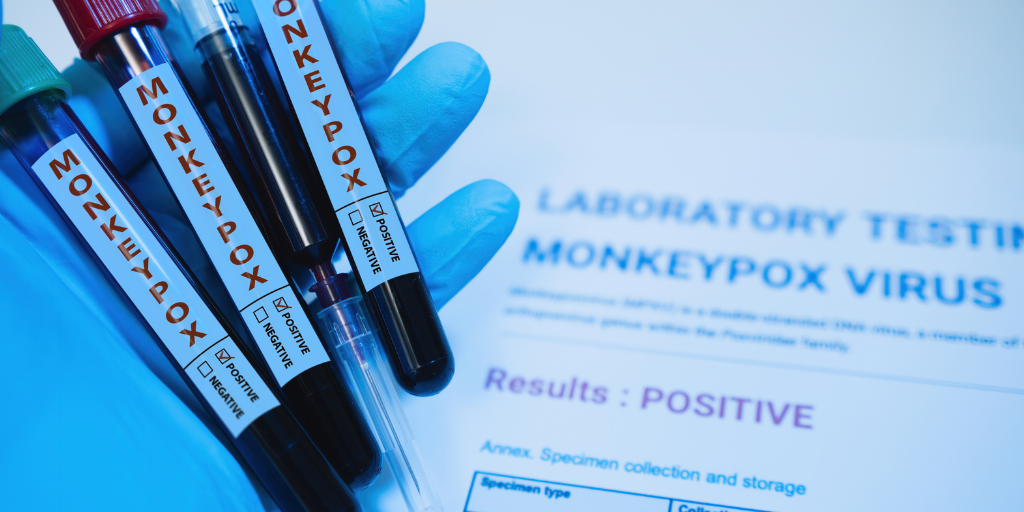What is Monkeypox and where did it come from?
Monkeypox is a viral infection transmitted to humans from animals (viral zoonosis). It is similar to smallpox though it is not as severe. The virus is spread from non-primate mammals and large rodents to humans. It is mainly seen in western and central Africa near the rainforests but is now seen in urban areas as well.

Explore the causes of the monkeypox outbreak and its symptoms. Find out how to prevent and treat this virus.
Source- https://www.statista.com/chart/27537/countries-with-monkeypox-cases/
Since the 1970s, when a boy with monkeypox was identified in the Dominican Republic the virus has been identified in 11 Western African countries; Benin, Cameroon, the Central African Republic, the Democratic Republic of the Congo, Gabon, Cote d’Ivoire, Liberia, Nigeria, the Republic of the Congo, Sierra Leone and South Sudan. More recently in 2017 Nigeria experienced a surge in monkeypox cases with 200 confirmed cases of the virus and unfortunately, it presents a fatality rate of 3%.
Why has its spread accelerated?
The younger generation
One theory regarding the sudden spike in cases is the population’s reduced tolerance to smallpox. In the 1980s, the immunisation programme against smallpox created herd immunity to the virus eradicating it completely. The monkeypox virus is in the same family as smallpox. So why has it suddenly started to spread after all these years?
With the eradication of smallpox and it no longer being a public health concern younger generations, especially those in first world western countries were not vaccinated against smallpox. This caused the number of people with immunity against smallpox and diseases similar to it like monkeypox has reduced significantly subsequently increasing the number of individuals who don’t have immunity against the virus. This led to an increase in the number of Monkeypox cases. One could say the younger generation is to blame or the conspiracy theorist anti-vaxers but at least the monkeypox isn’t deadly enough to lose your head over it.
Nature’s payback
Rapid deforestation and global warming could also be attributed to the spread of monkeypox. Nature’s payback to humankind is a warm environment that breeds viruses like the monkeypox virus in more areas of the world. A virus that was first limited to the warm moist environment like the Congo rainforest now has the perfect breeding condition in more areas of the warmer more tropical world.
Deforestation and habitat loss of wild animals like rope squirrels, tree squirrels, Gambian pouched rats, dormice, and different species of monkeys. With urban areas encroaching onto forest areas the contact between people and these animals increases.
This leads to cross-contamination of pathogens.
How to prevent it?
- Reduce human-to-human contact with those who may have the virus
- Do not use items of infected patients
- Increasing restrictions on the trade of exotic animals to prevent the further spread of the virus
- Washing hands regularly
- Raising awareness of risk factors and educating people about the virus
Signs you have monkeypox?
- The rash can initially look like pimples or blisters and may be painful or itchy.
- Rash that may be located on or near the genitals (penis, testicles, labia, and vagina) or anus (butthole) and could be on other areas like the hands, feet, chest, face, or mouth.
- Fever
- Chills
- Swollen lymph nodes
- Exhaustion
- Muscle aches and backache
- Headache
- Respiratory symptoms (e.g. sore throat, nasal congestion, or cough)
- Sometimes, people have flu-like symptoms before the rash.
- Some people get a rash first, followed by other symptoms. Others only experience a rash.
While monkeypox is a highly infectious virus it is unlikely to become a full-blown pandemic like Covid-19. However, it is important to take measures to protect yourself and your loved ones against the virus.













